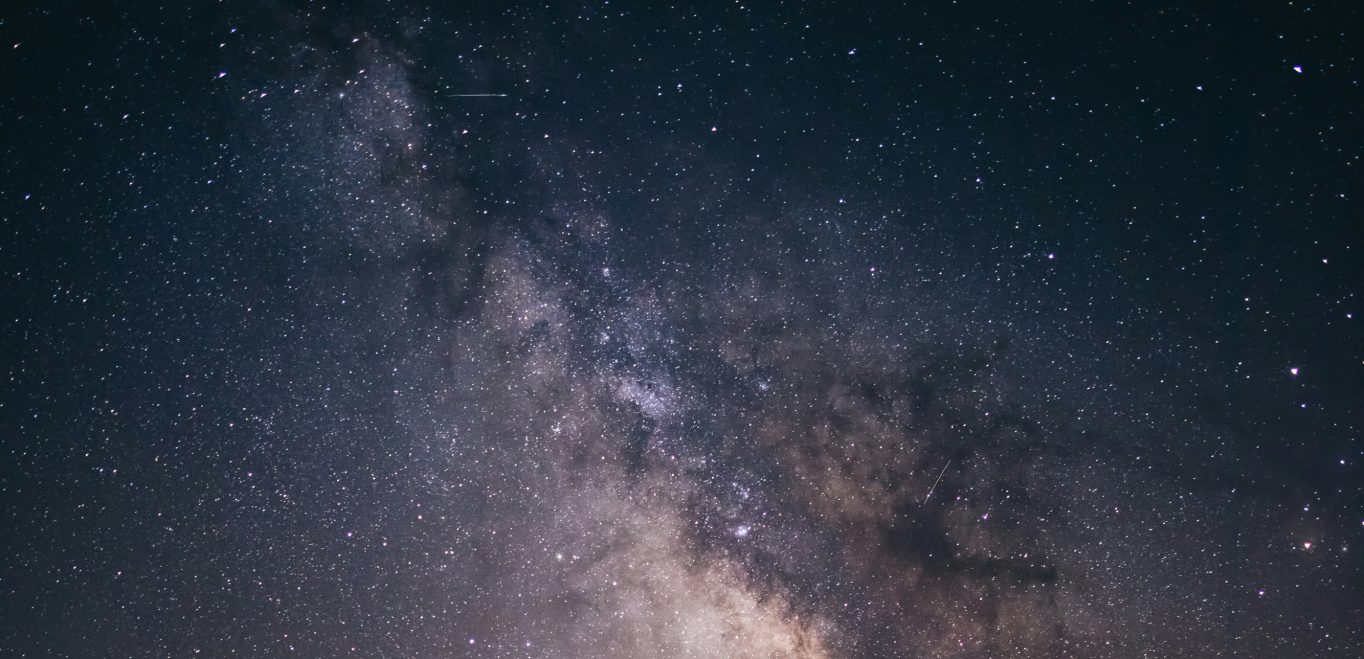Welcome to this month’s update to find out what’s in the night sky for July.
In the Elan Valley International Dark Sky Park, astronomical darkness returns for 28 minutes at the end of the month between 1.06am and 1:34am on 25th July, increasing each day by approximately 20 minutes.
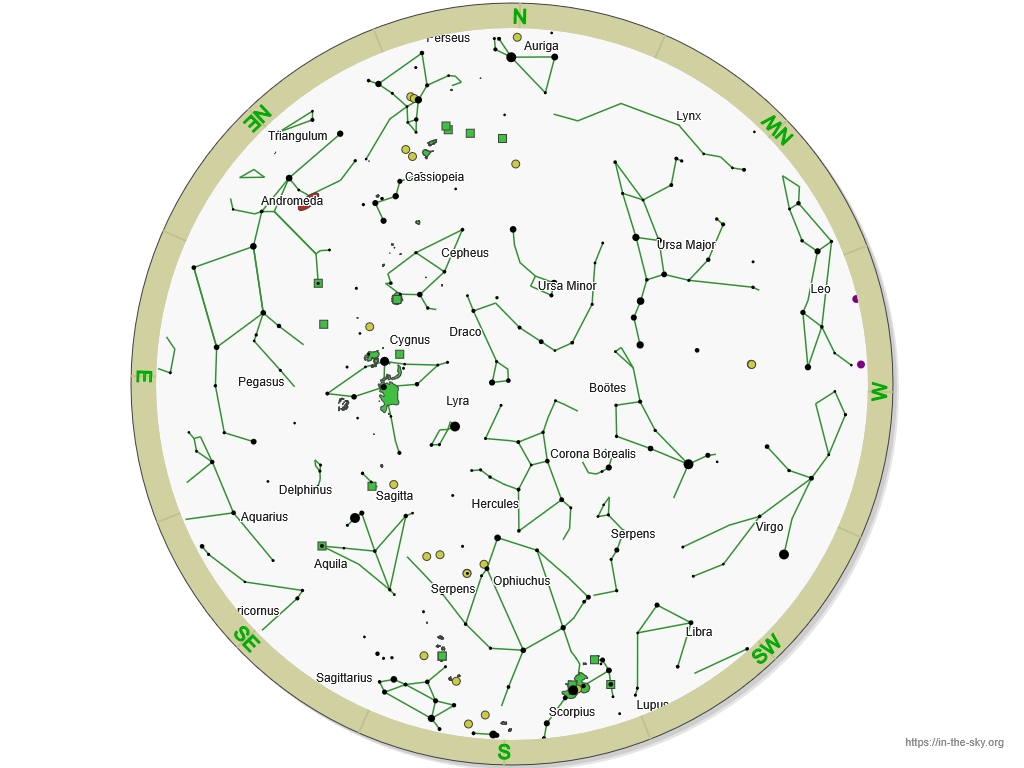
An all-sky view of the constellations from 12am in July from in-the-sky.org
Low on the southern horizon, you will see the constellation of Ophiuchus, with Hercules and Lyra well-placed above. The bright star you can see is Vega, the crowning star and fifth brightest star in the night sky, belonging to the Constellation of Lyra, or the Lyre.
In the east, the autumn constellations of Pegasus, Andromeda, Delphinus and Triangulum and Aquila rise. Boötes, Virgo, Leo and Virgo marches to the West.
The spring constellations of Corvis, Cancer, Virgo and Leo sets in the west.
The Full Moon occurs on 10th July and the New Moon on 24th July.
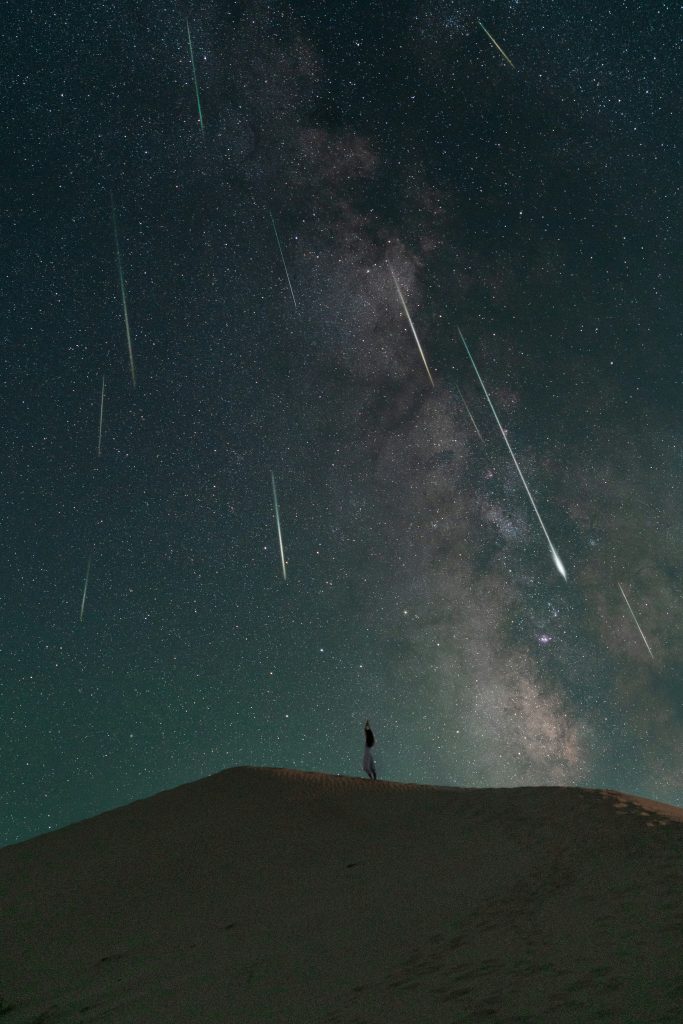
Two for One
The Delta Aquariid meteor shower runs from July 18 to August 21, peaking at around 2am on 30th July. This isn’t a particularly spectacular one, peaking at 25 meteors per hour. The waning crescent Moon may interfere with seeing the fainter meteors. The Delta Aquariids are believed to be debris from the comet 96P/Machholz.
Credit: Howeni (@oweni)@ Unsplash
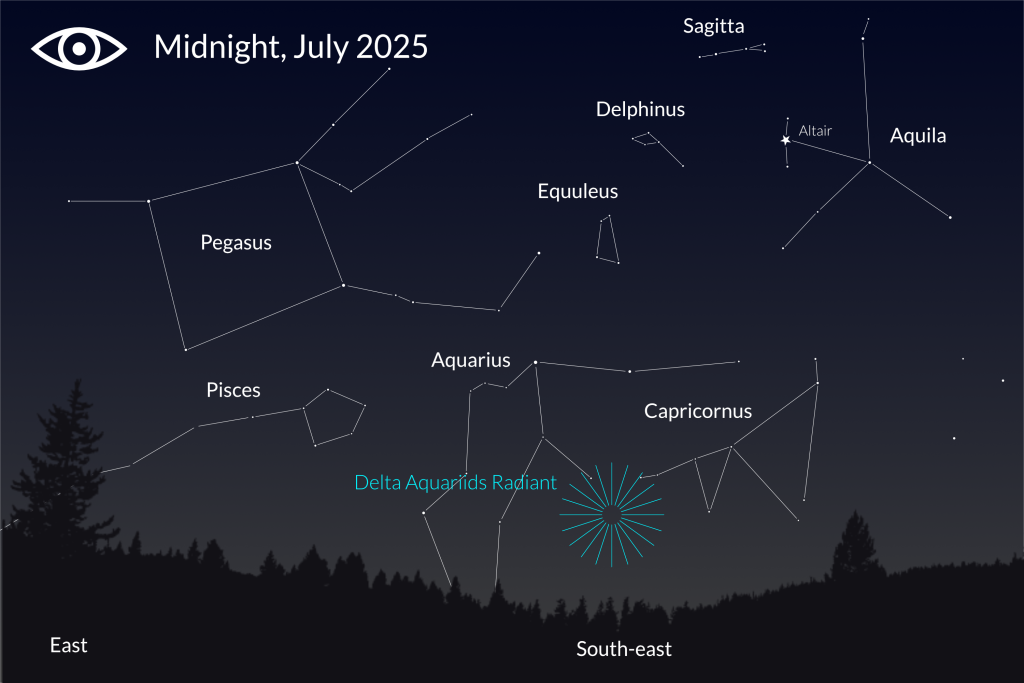
At the same time, the Perseid meteor shower season will be underway. Starting on 17th July and ending on 24th August, there will be two meteor showers occurring at the same time, but how can you tell which shower is which?
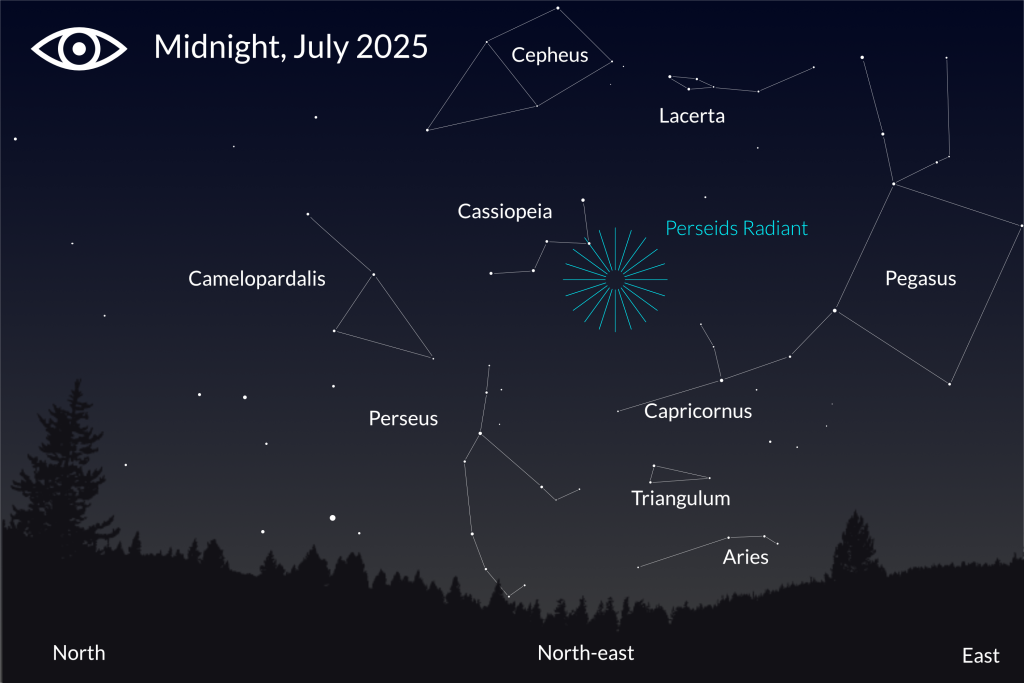
It’s all about the radiants – or the central point where the shooting stars are coming from. If they are coming from the southern horizon, you can be sure it’s the Delta Aquariids – and if they come from the north, they are Perseids.
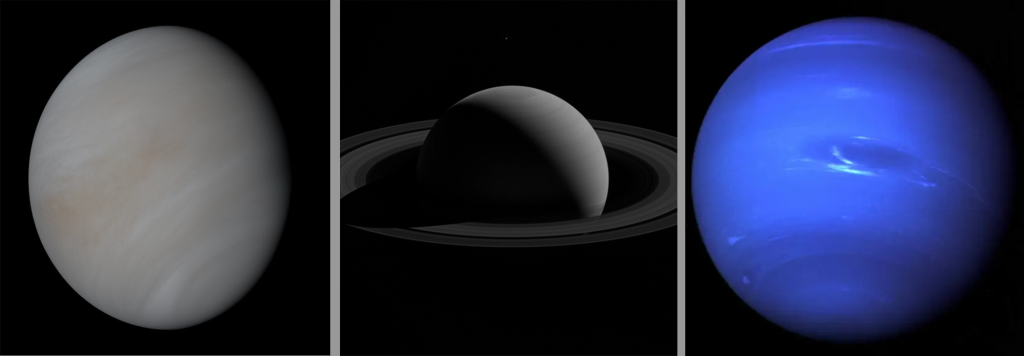
The Planets in July
Saturn will be a great planet to study this month, but you will have to stay up late to see it, as it rises at 1am at the start of the month and 11pm at the end.
The rings will still be quite thin from our position, but they will open out more at the year progresses. Saturn, has to date, 274 moons but you can only see 7 of them with a telescope. Often, you will see them lined up like beads on a necklace.
Venus continues to be a morning object so early risers will be able to catch it as it rises at 2.40am at the beginning of the month and 2.36am at the end.
On July 13th, Venus will pass near the bright star Aldebaran in Taurus, appearing within the same binocular field of view as the star.
On 21st July, the Moon, Venus and the Pleiades Star Cluster all appear together above the eastern horizon, with Aldebaran forming a perfect triangle with the Moon and Venus. The best time to see this is around 3am for about an hour before the Sun’s light interferes.
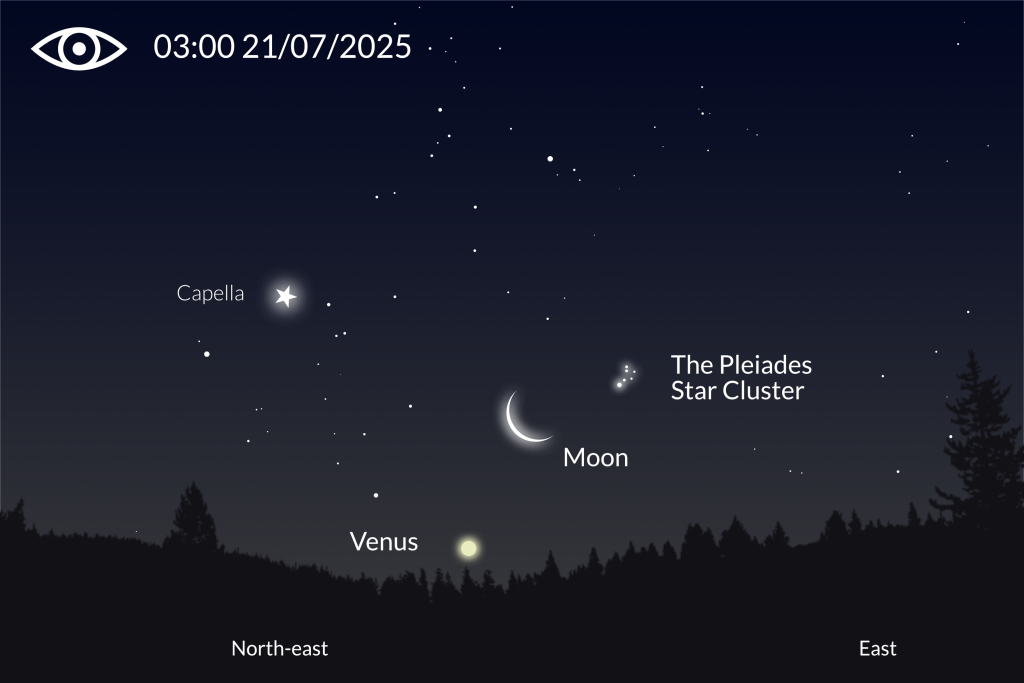
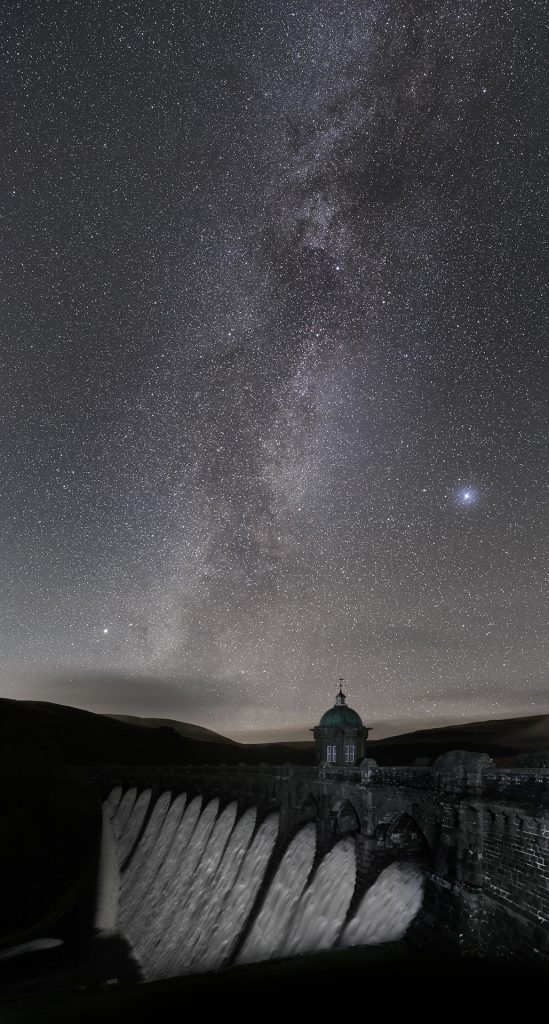
The Milky Way
As astronomical darkness returns in July, the conditions become favourable to see the Milky Way during the summer. It is brighter than the Winter Milky Way; one of the reasons is that during this time, we are looking towards the centre of our galaxy, where the region is rich with stars. Even though in light polluted areas you may see this misty veil of stars at the zenith (above your head), it’s better to find a place away from light polluted towns and cities and allow your eyes plenty of time to adapt to the darkness. You should be able to see a misty band of light arch majestically from the southern horizon right above your head and fade into the eastern horizon.
Credit: David Toliday
Constellation of the Month
Each month, we will feature a constellation and the mythology behind it.
There are 88 IAU recognised constellations in the night sky and around 36 that are observable in the northern hemisphere. Some of the names of the 88 IAU recognised constellations are several thousands of years old.
With the advent of science and rational thinking, and more of a focus on the observable world, stars are no longer used for the farming calendar, for navigation or conveying social or religious values.
Get outside and see if you can spot these constellations. The best time to see each constellation we feature is around 90 minutes after sunset.
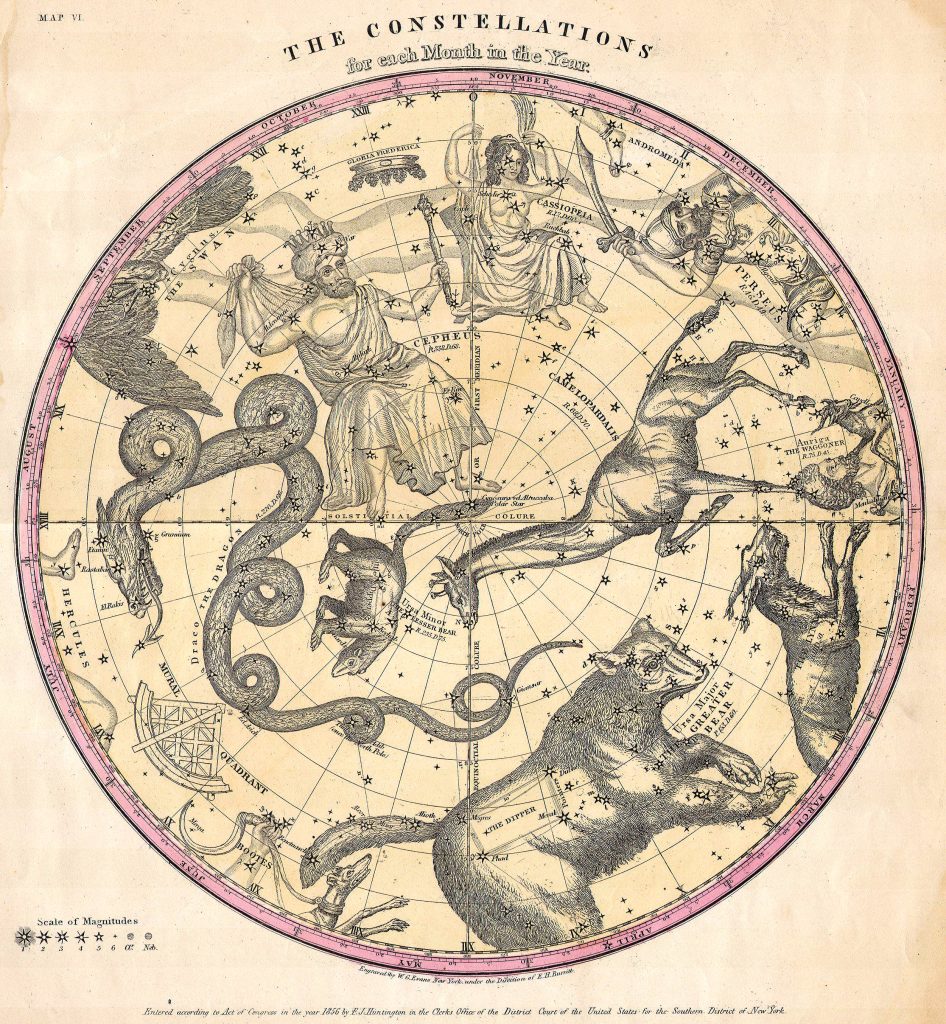

Constellation of the month – Aquila
The constellation of Aquila the Eagle is well-placed during the month of July and can be seen in the south. Start with the bright star Altair, which is the twelfth-brightest star in the night sky and a white main sequence star – being relatively young. Look for two, smaller stars that flank Altair – this represents the eagle’s head. Look for a line of stars which is the body and outstretched wings either side of the bird, as if in flight.
In Greek mythology, Aquila is identified as the eagle that carried Zeus’ thunderbolts. One time, Aquila was commanded by Zeus to kidnap the young Trojan boy Ganymede to Olympus to serve the gods as a cupbearer. Ganymede is represented by the neighbouring constellation Aquarius.
In another myth, Aquila is guarding the arrow that Eros shot at Zeus, making him love-struck.
If you look just above Aquila, you will see the constellation of Sagitta, which looks like an arrow.
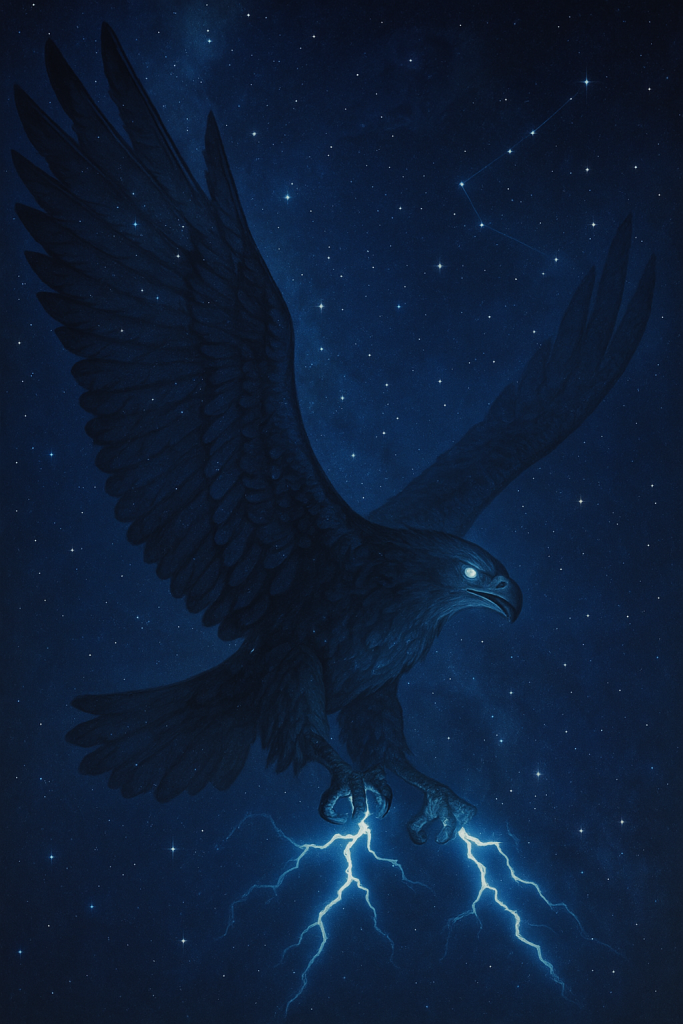
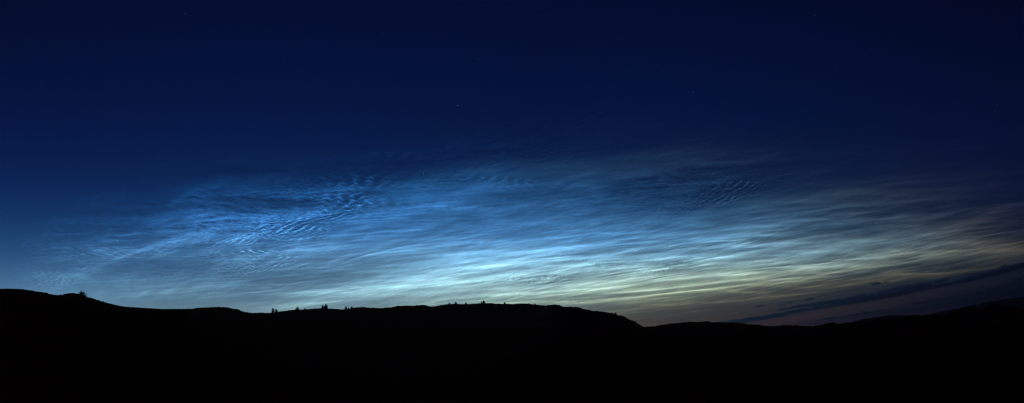
Noctilucent Cloud Season Continues
Viewing conditions for Noctilucent Cloud displays are at the greatest this month, especially during the first week. These clouds appear mainly whitish, with some blue, and rarely, red. Look to the north between 90 and 120 minutes after sunset and before sunrise.
Wild Duck Cluster
A starry target that may well be worth studying in the lighter months is the Wild Duck Cluster (M11), in the constellation of Scutum. It can be seen with the unaided eye, binoculars and telescope, but will look at its best through a telescope. In dark skies, it appears as a small, faint blotch in the heart of the Milky Way. Look for the bright constellation of Aquila, locate the bottom star and it lies at the four o’ clock position. The constellation of Scutum comprises dimmer stars and can be seen in darker skies – the cluster lies at the top left-hand star of the irregularly-shaped quadrilateral which is known to represent a shield – named as Scutum Sobiescianum by Johannes Hevelius in 1684.
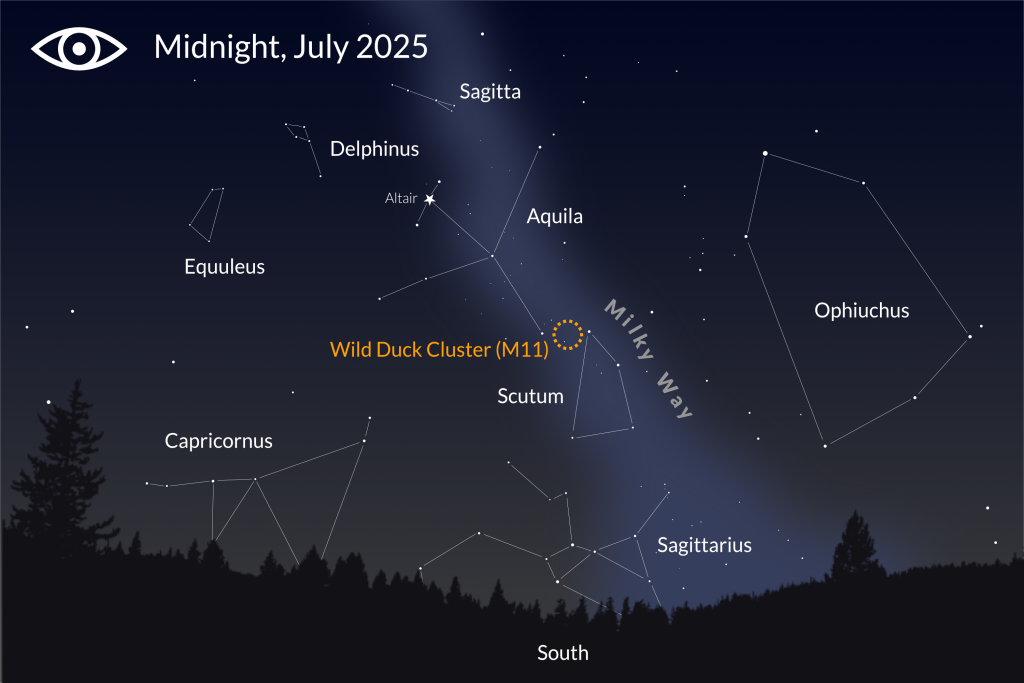
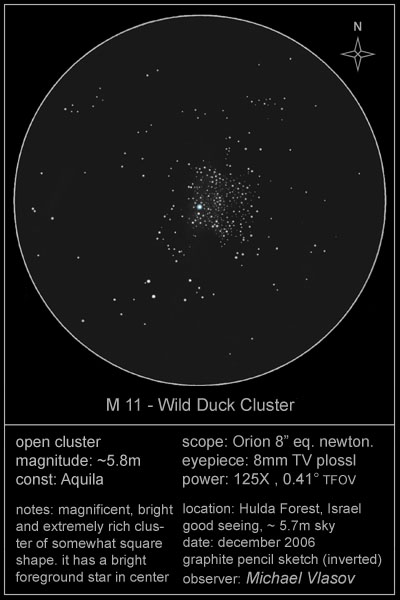
This bright and compact open cluster comprises over 2900 stars and lies 6120 light years from us. A few hundred of these stars can be seen through a ten inch telescope. To some eyes, it looks like a V-shape of flying birds. Look out for the single, bright star in the rich cluster.
Credit: Michael Vlasov of www.deepskywatch.com

